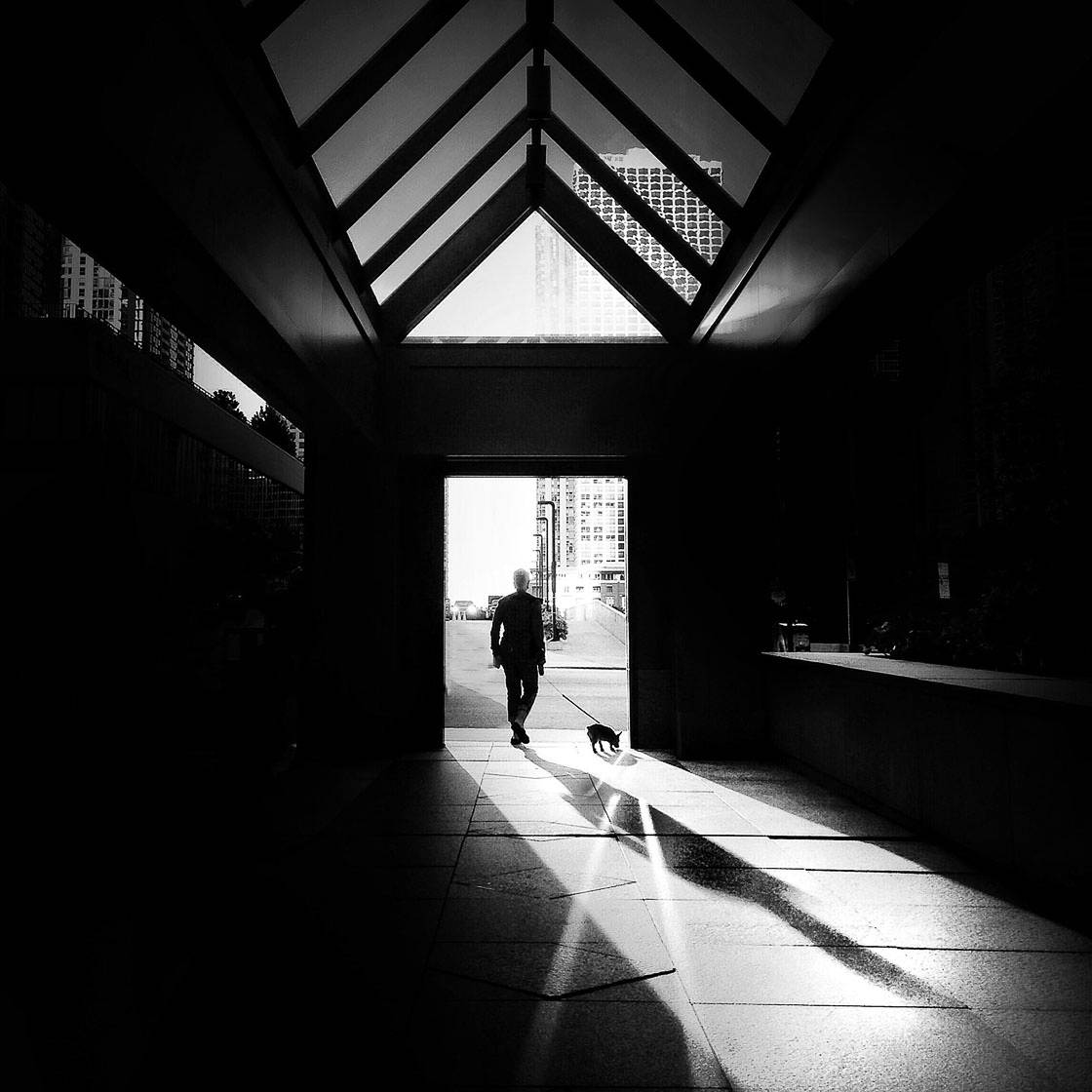The Ultimate Guide To Street Photographers
The Ultimate Guide To Street Photographers
Blog Article
Get This Report on Street Photographers
Table of ContentsSome Known Details About Street Photographers The Basic Principles Of Street Photographers The Only Guide for Street PhotographersAll About Street PhotographersWhat Does Street Photographers Mean?
Street photographers do not always have a social function in mind, however they choose to separate and record minutes which might otherwise go undetected.He was affected by many of those who influenced the street professional photographers of the 1950s and '60s, he was not primarily interested in capturing the spirit of the road., that functioned side by side with photographers attempting to catch the essence of urban life.
Due to the relatively primitive technology available to him and the lengthy direct exposure time required, he had a hard time to capture the stress of the Paris roads. He trying out a series of photographic approaches, trying to locate one that would certainly allow him to record activity without a blur, and he found some success with the calotype, patented in 1841 by William Henry Fox Talbot. In contrast to Atget, photographer Charles Marville was hired by the city of Paris to create an encyclopaedic document of Haussmann's urban planning project as it unfolded, thus old and brand-new Paris. While the photographers' topic was basically the same, the results were significantly different, demonstrating the effect of the photographer's bent on the personality of the images he produced.
Provided the fine high quality of his photos and the breadth of material, designers and artists commonly got Atget's prints to utilize as reference for their own job, though commercial rate of interests were rarely his main inspiration. Rather, he was driven to photograph every last residue of the Paris he enjoyed.
Things about Street Photographers
They reveal the city through his eyes. His job and essential understanding of photography as an art form worked as motivation to generations of photographers that followed. The following generation of street photographers, though they likely did not describe themselves because of this, was ushered in by the photojournalism of Hungarian-born digital photographer Andr Kertsz.
Unlike his peers, Brassa utilized a larger-format Voigtlnder cam with a much longer exposure time, compeling him to be more calculated and thoughtful in his practice than he might have been if utilizing a Leica.
Cartier-Bresson was a champ of the Leica video camera and one of the first professional photographers to maximize its abilities. The Leica enabled the digital photographer to interact with the surroundings and to catch minutes as they took place. Its reasonably little size also assisted the professional photographer fade into the background, which was investigate this site Cartier-Bresson's preferred approach.
The 6-Minute Rule for Street Photographers
It is since of this basic understanding of the art of image taking that he is usually credited with uncovering the medium throughout once more about a century considering that its innovation. He took pictures for greater than a half century and affected generations of professional photographers to trust their eye and instinct in the minute.
These are the concerns I will try to respond to: And then I'll leave you with my own definition of street photography. Yes, we do. Let's begin with defining what a definition is: According to (Street Photographers) it is: "The act of defining, or of making something definite, distinct, or clear"
No, absolutely not. The term is both limiting and misdirecting. Seems like a street photography need to be pictures of a roads ideal?! And all road digital photographers, besides a handful of absolute novices, will fully appreciate that a road is not the key part to street digital photography, and really if it's a photo of a road with maybe a couple of uninteresting people doing nothing of rate of interest, that's not road photography that's a snapshot of a street.
The Ultimate Guide To Street Photographers
He makes a valid check out this site factor do not you think? However, while I concur with him I'm unsure "candid public digital photography" will catch on (although I do type of like the term "honest photography") due to the fact that "road photography" has actually been get redirected here around for a very long time, with many masters' names affixed to it, so I think the term is below to remain.
You can shoot at the coastline, at an event, in an alley, in a park, in a piazza, in a coffee shop, at a museum or art gallery, in a city station, at an occasion, on a bridge, under a bridge ...
Yes, I'm afraid we worried no choice! Without rules we can not have an interpretation, and without a meaning we do not have a style, and without a genre we don't have anything to define what we do, and so we are stuck in a "rules meaning category" loophole!
Some Known Details About Street Photographers

Report this page